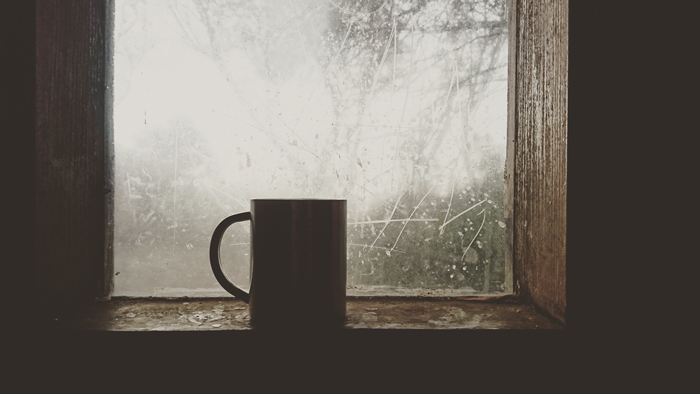Blog
What is Fair Wear and Tear?
In property management we often get asked the question what is fair wear and tear?

In accordance with Section 40 of the Residential Tenancy Act 1986 (Tenant Responsibilities), damage is defined as follows:
(4) Where any damage (other than fair wear and tear) to the premises is proved to have occurred during any tenancy to which this Act applies, it shall be for the tenant to prove that the damage did not occur in circumstances constituting a breach of subsection (2)(a).
On ending a lease tenants are required to leave the property in the same condition it was found (with fair wear and tear excepted). Wear and tear is minor damage that occurs from normal use and changes that happen with the ageing of the property. In reality wear and tear is sometimes hard to clearly define and landlord and tenant expectations can vary greatly.
When a landlord or property manager is assessing fair wear and tear, we recommend asking yourself the question: would this have happened if you were living in the property and using it for intended/normal use? Unfortunately the definition of wear and tear is not black and white and every case is viewed based on the facts and individual situations. Beacuse of this we strongly recommend taking thorough entry condition photos (which Click does upon every new tenancy).
Below is an extract from an Australian court decision Griffin v Gini [2011] which is still relevant to us here in New Zealand, and may help explain this section further:
1. The phrase wear and tear has been common in leases and tenancy agreements for centuries.
2. In general, the ordinary meaning of the phrase is concerned with the consequences of ordinary, not extraordinary damage.
3. In the case of wear, this might mean, for example, fading paint work on internal and external walls caused by sunlight over time; tear refers to disrepair caused by a tenant through unintentional action or through the normal incident of a tenants occupation. Depending on the specifics of the obligations outlined in a tenancy agreement, this might include the accidental ripping of an aged, worn fly screen. In summary, fair wear and tear, in the context of a residential tenancy, refers to damage or disrepair caused or resulting from ordinary use.
The evidence before the Magistrate, about the walls and the bench top, concerned damage that fell outside the scope of fair wear and tear. For example, the Griffins attempted to repair damage to patches of the wall by using paint that did not match the original paint work. The Griffins accepted they had painted the walls but argued the paint they used matched the original. The Magistrate concluded the paint did not match. Although this may have been done by the Griffins in an attempt to rectify damage, applying paint does not fall within the scope of ordinary use. It is a deliberate act; the Griffins have caused damage to the walls through that deliberate act.
There was also evidence of other damage to the walls: blue biro and sticky tape. The use of the latter was specifically prohibited by the terms of the lease and, therefore, falls outside the scope of ordinary use. As for the blue biro, this might well be accepted as fair wear and tear, but the evidence indicates this is not the primary basis upon which the damages claim was based.
The damage caused to the bench top falls into the same category; deep grooves possibly caused by the use of a knife without a chopping board, cannot be said to fall within the scope of ordinary use.
If you are struggling to manage your property give us a call 0800 125 425 or send us an email.
